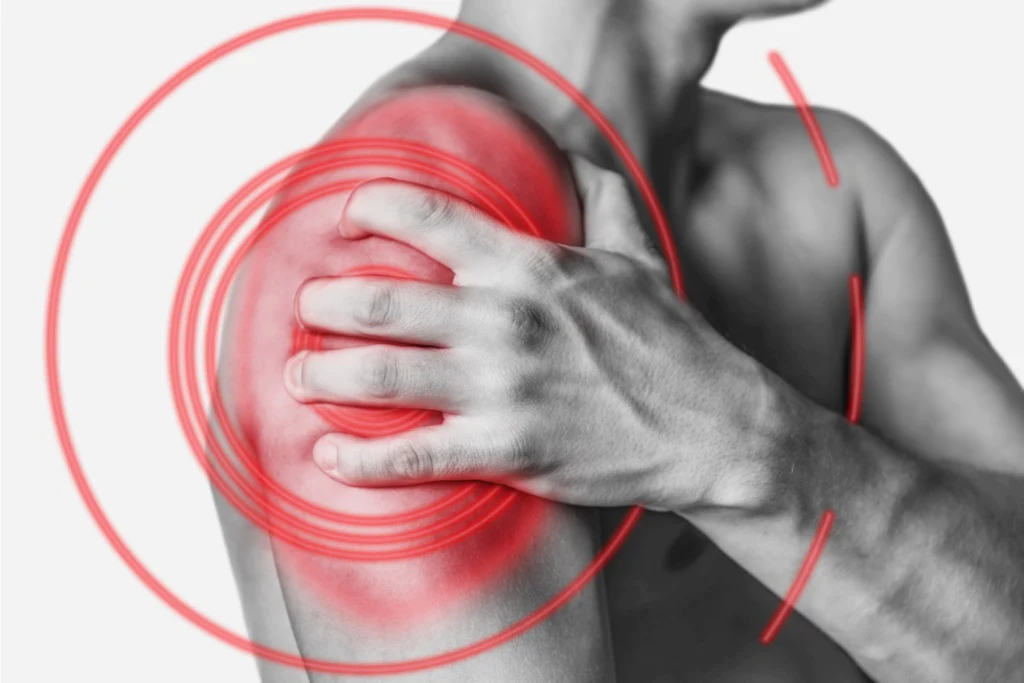Engaging in sports activities comes with numerous benefits, from physical fitness to socialization, and more. However, injuries are often an unfortunate reality that athletes must face. There are different types of sports injuries, and understanding them can aid in prevention and treatment. Some of the common sports injuries include:
Sprains
One of the most common sports injuries is a sprain, which occurs when a ligament is stretched or torn. These injuries can be painful and can lead to swelling, bruising, and limited mobility. Fortunately, sports massage can be a great way to treat sprains and help speed up the recovery process. In Lehi, there are many qualified sports massage therapists who specialize in treating sports-related injuries. They can work with you to create a treatment plan that is tailored to your specific needs and get you back to playing the sports you love in no time.
Strains
A strain occurs when a muscle or tendon is stretched or torn, often as a result of overuse, sudden movement, or incorrect form during physical activity. Symptoms of a strain can include pain, swelling, stiffness, and limited mobility. While strains can vary in severity, they should always be taken seriously and treated promptly in order to avoid further damage and ensure proper healing.
Rest, ice, compression, and elevation are all effective treatments for strains, but it’s important not to rush back into physical activity too quickly. With proper care and attention, most strains can heal completely, allowing athletes to get back to doing what they love in no time.
Fractures
Fractures can be particularly debilitating and can cause an athlete to be sidelined for weeks or even months. Fractures occur when there is a break in the bone and can be caused by a variety of factors, including contact with other players or hard surfaces, overuse, or poor technique.
Recovery from a fracture requires patience and dedication, as well as a careful rehabilitation plan under the supervision of a medical professional. Although fractures can be a frustrating setback, with the right care and treatment, athletes can return to their sport stronger and more resilient than before.
Dislocations
A dislocation occurs when two bones that come together at a joint force out of position. This can happen to any joint in the body, from the place where the collarbone meets the shoulder blade to the hip, ankle, or knee. The pain, swelling, and loss of motion that come with a dislocated joint can be especially challenging for athletes who depend on their bodies to perform at high levels.
However, the good news is that with proper care and rehabilitation, athletes can recover from dislocation and return to their sport stronger than ever. It’s important for athletes to know the signs of dislocation and seek medical help immediately if they suspect one.
Contusions
Another type of sports injury is a contusion, which is often referred to as a bruise. Contusions are caused by a direct blow to the muscle fibers or connective tissues of the body, resulting in swelling and discoloration of the skin. While contusions are not usually serious, they can be painful and limit a person’s ability to participate in their favorite activities.
It’s important to take steps to prevent contusions, such as wearing protective gear and warming up properly before physical activity. If a contusion does occur, rest, ice, and pain medications can help manage symptoms and speed up recovery time.
Concussions
Sports injuries can be serious, and none more so than concussions. A concussion is a traumatic brain injury caused by a bump, blow or jolt to the head. It can happen in any sport and can occur even if a person has not been knocked unconscious. If you suspect you or someone else has a concussion, it’s important to seek medical attention right away.
Symptoms can show up immediately or not appear for several hours, so it’s important to keep an eye out for signs such as headaches, dizziness, confusion, and difficulty concentrating. With proper care and rest, most concussions will heal, but it’s important to take them seriously and follow medical advice. Remember, it’s always better to be safe than sorry!
Cuts
These injuries may seem minor, but they can be painful and have severe consequences if not treated correctly. A cut can happen anywhere from the knee to the face, and the extent of the injury could vary. Sometimes, a cut might be a minor scrape, and other times it could be deeper and require medical attention.
In any case, proper care is essential to prevent infections and ensure a speedy recovery. Whether it’s through applying first aid or seeking professional medical help, it’s crucial to take action promptly when dealing with a cut from a sports injury.
It’s important to understand these injuries and take precautions to reduce the risk of occurrence.









